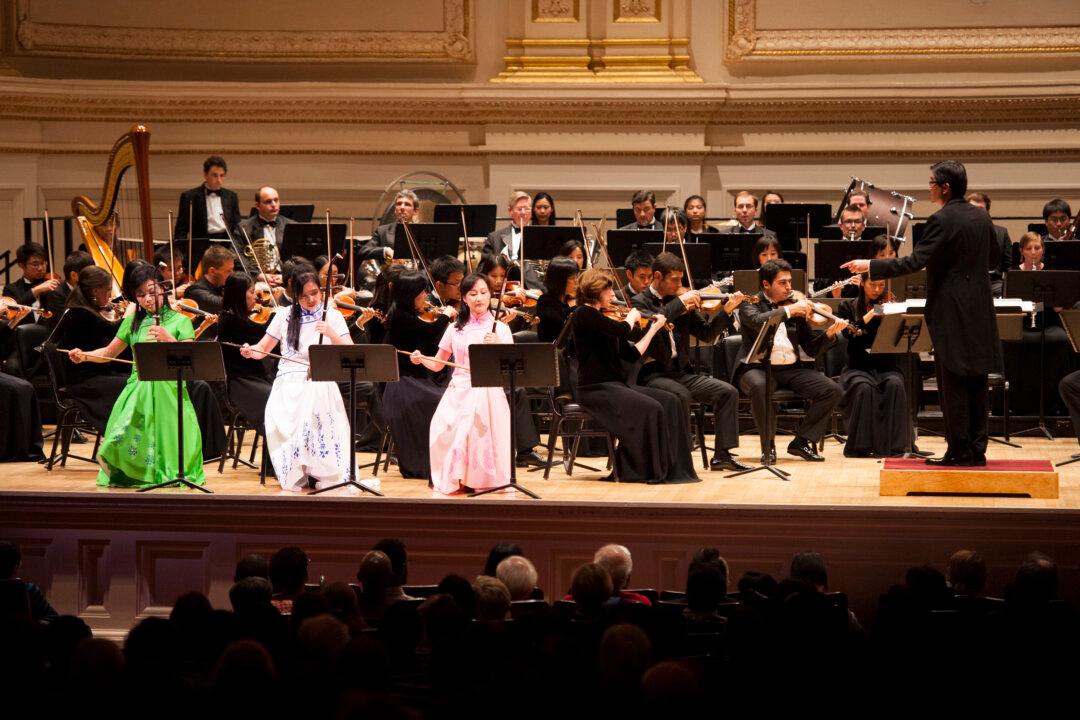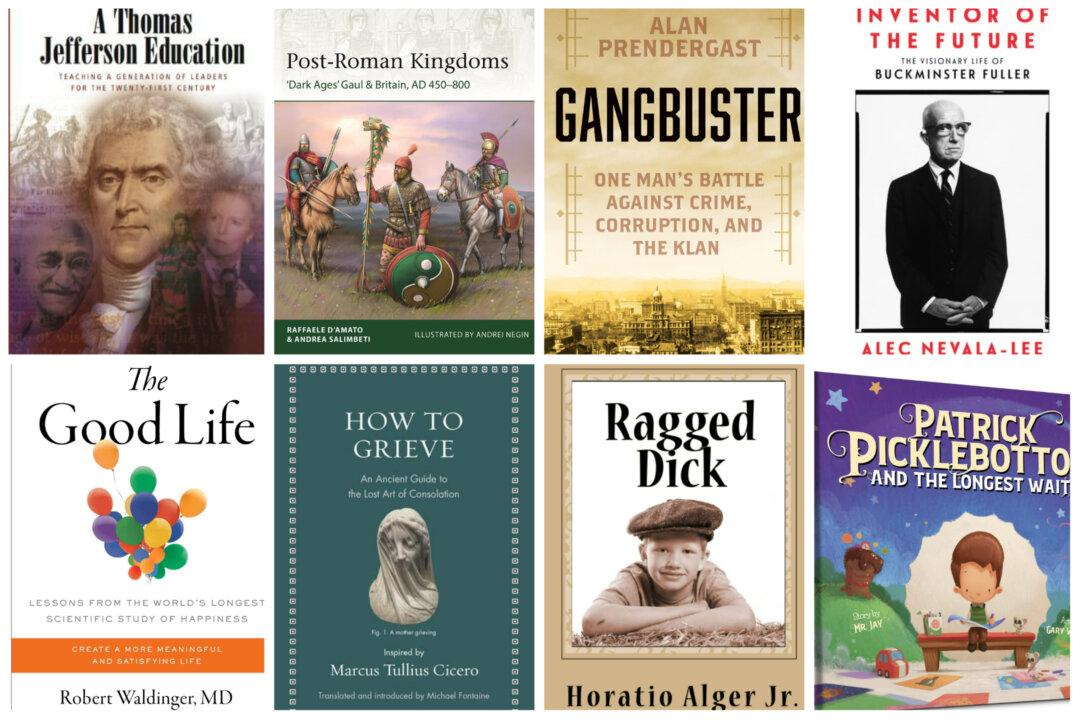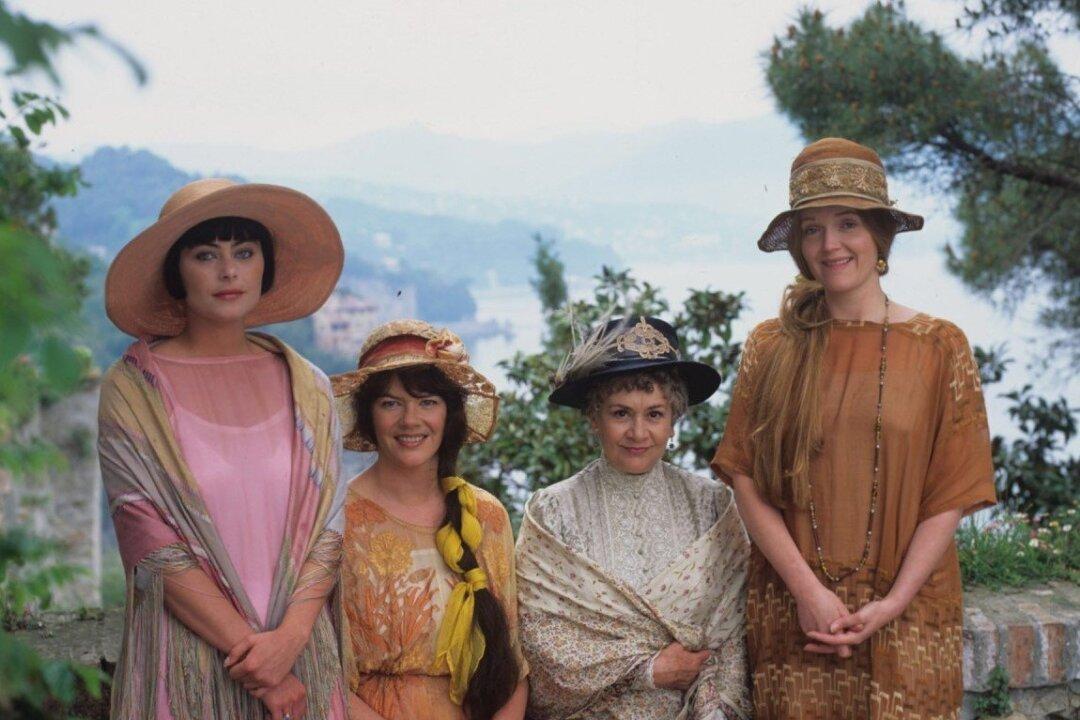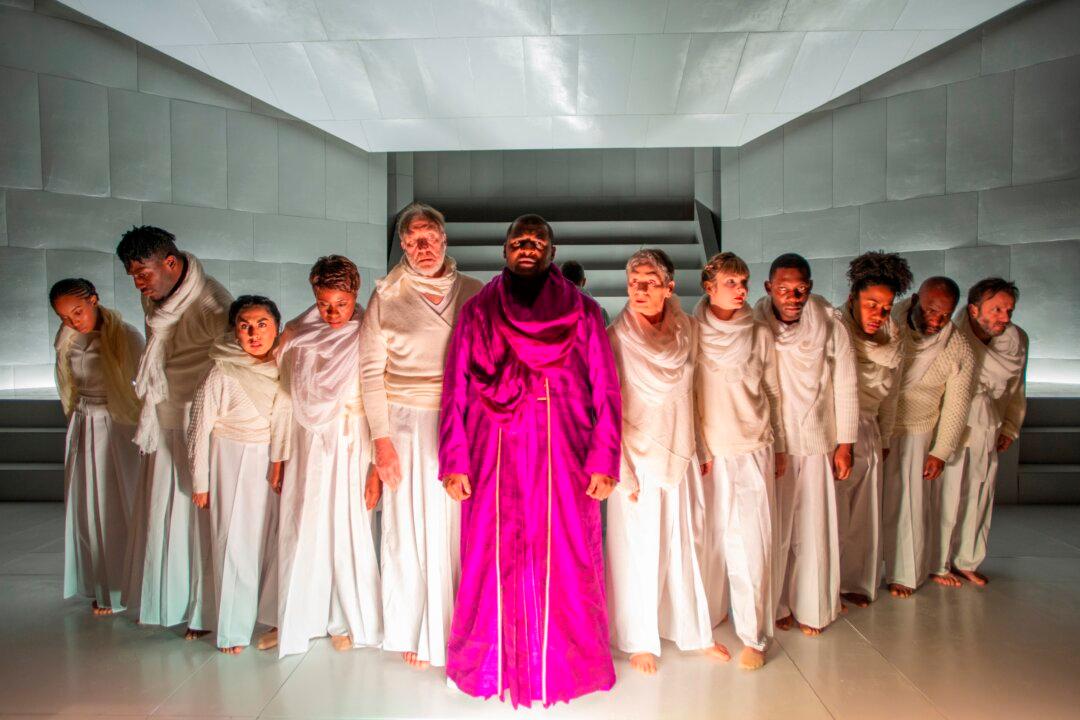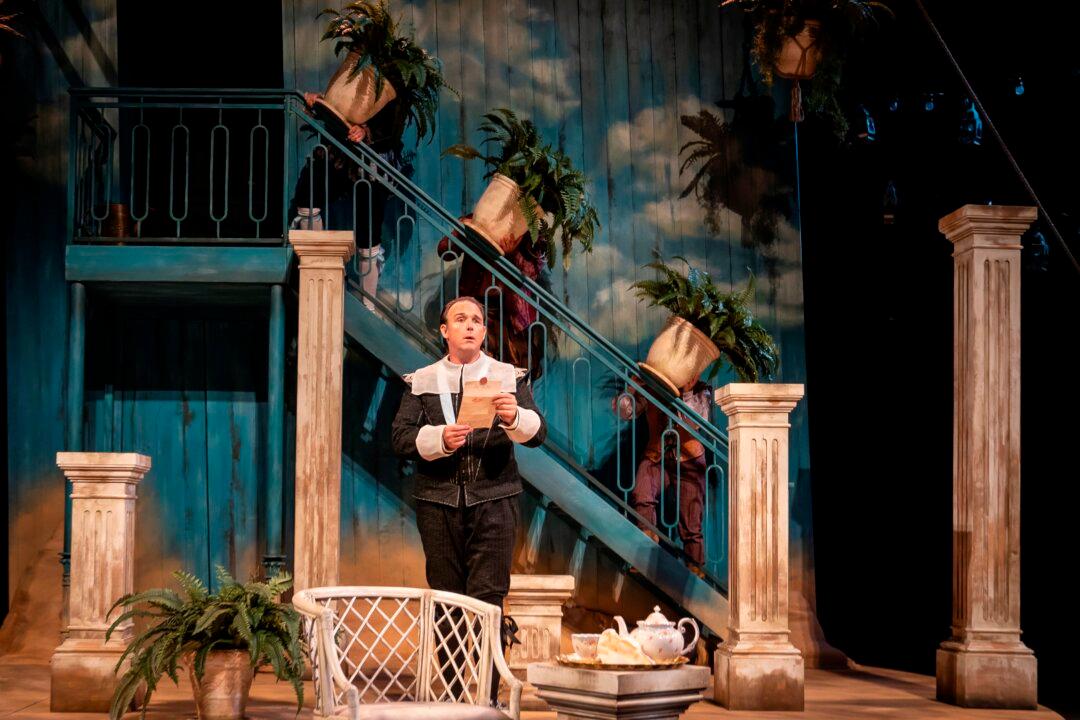As soprano Elisa Brown listened to the ancient two-stringed erhu during a performance of Shen Yun Performing Arts several years ago, she was so moved that her entire body was trembling, “but in a very loving way,” she said. “It was so beautiful, it was healing.”
There’s an old Chinese belief that music has the power to heal, and that virtuous, elegant music can harmonize a person’s soul. The Chinese character for medicine actually came from the character for music, and one of the earliest purposes of music was to heal.

